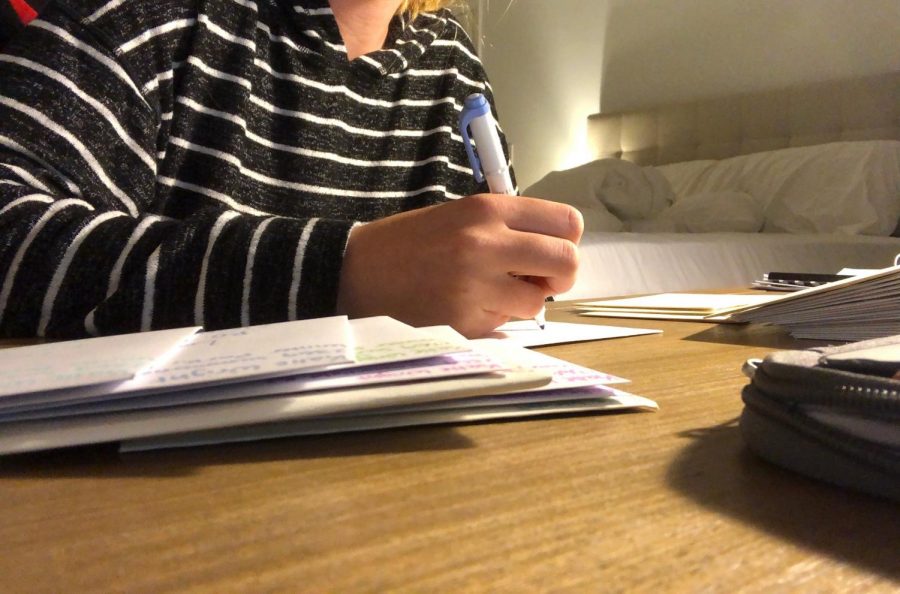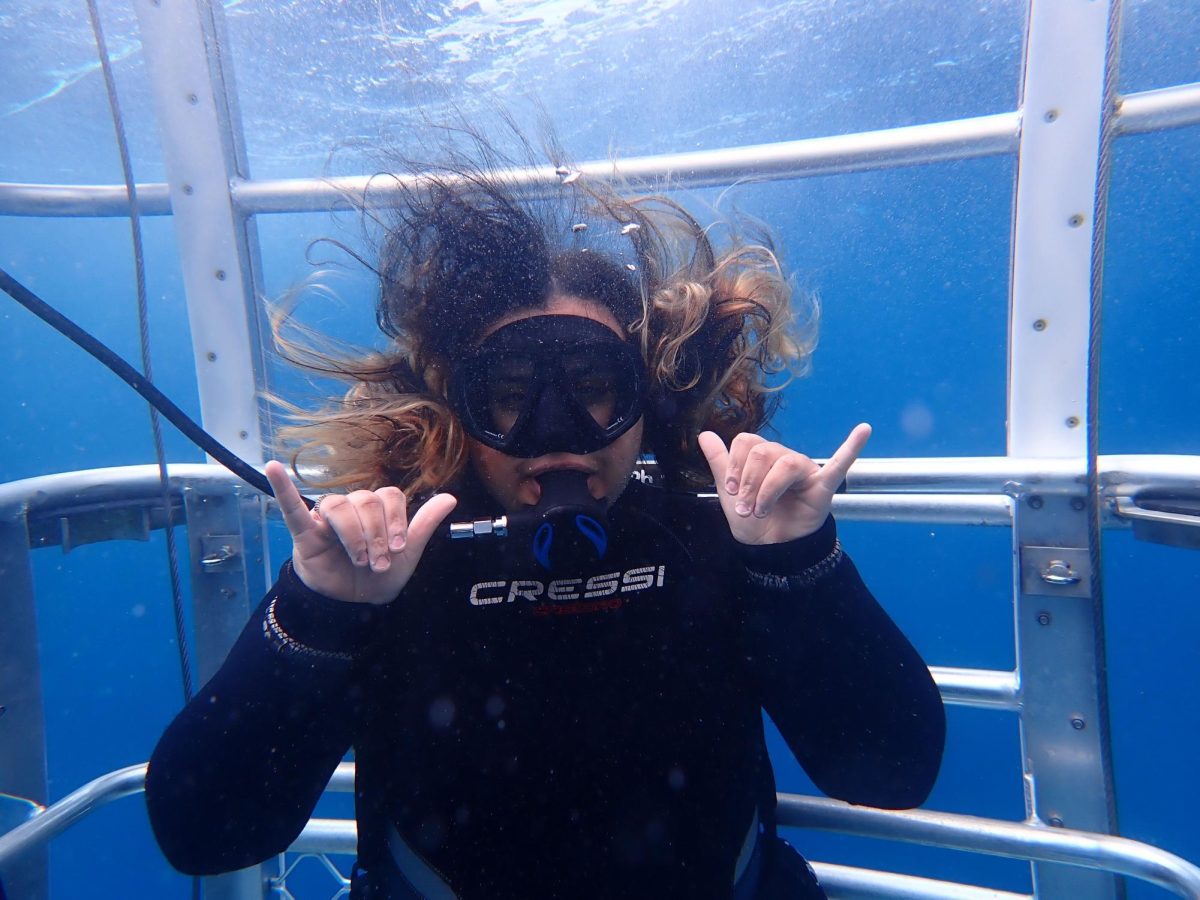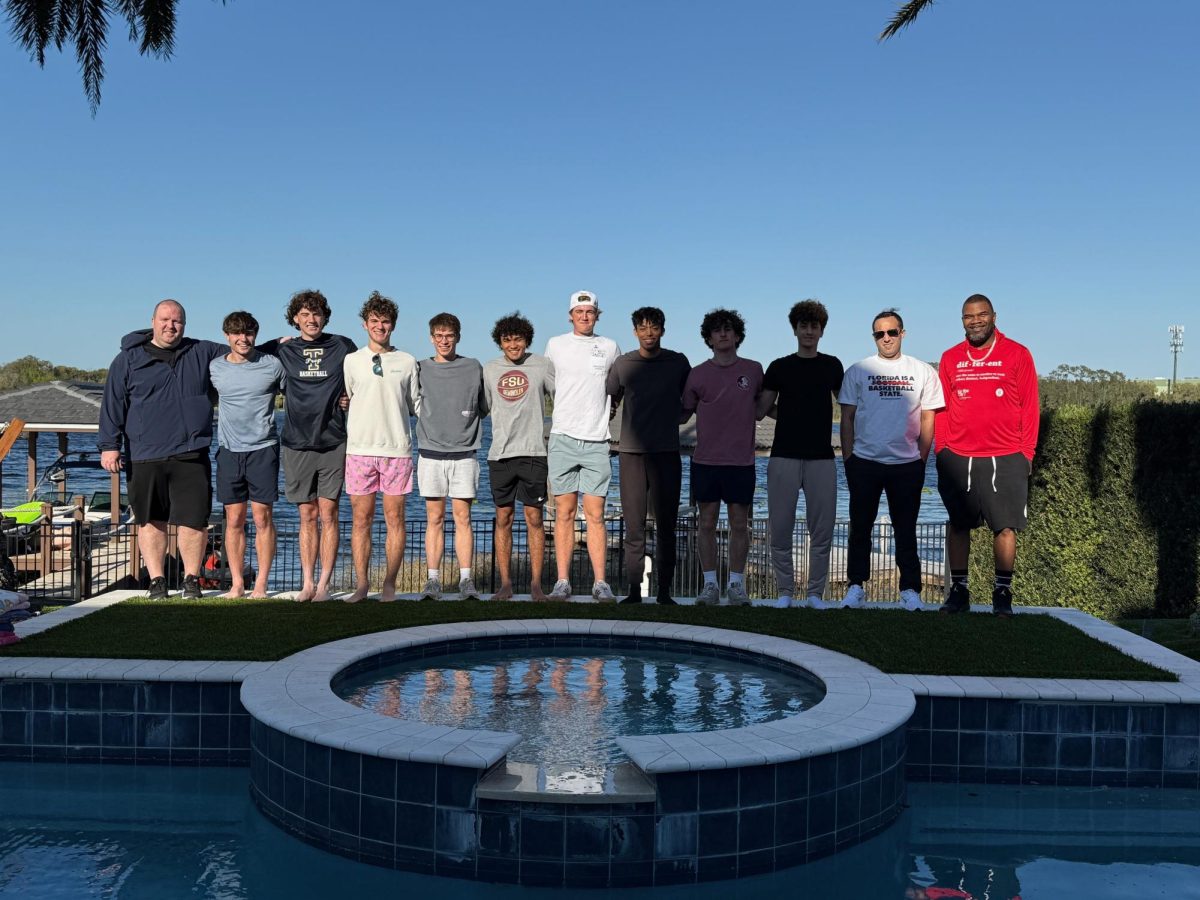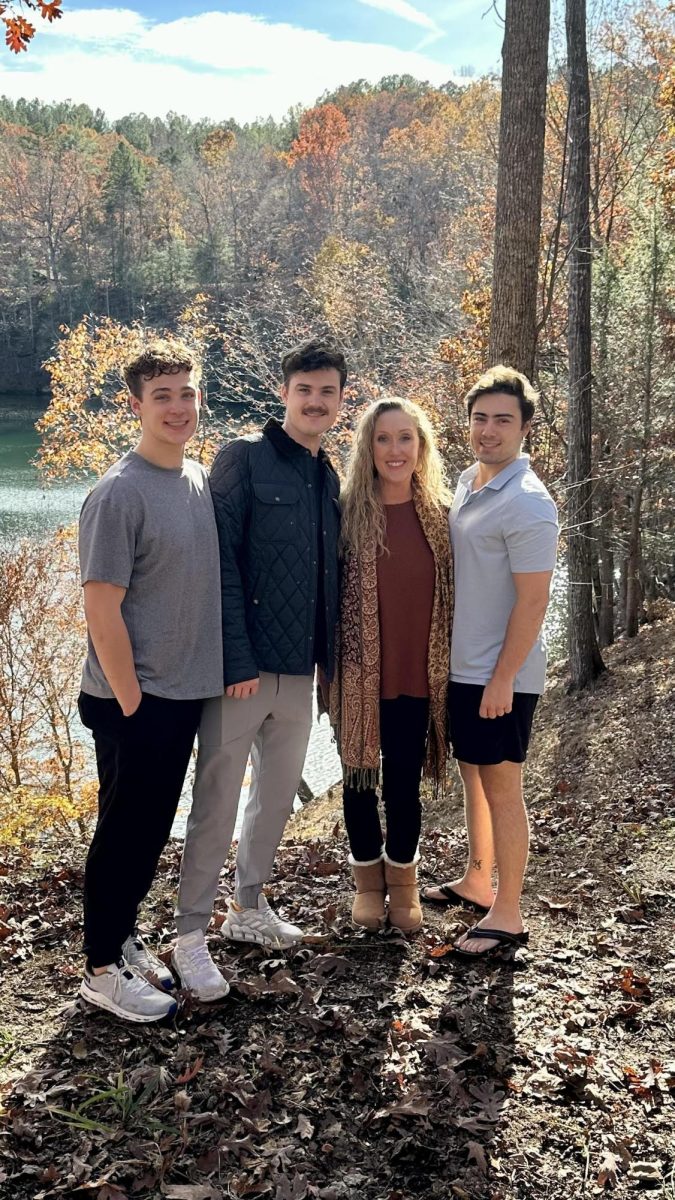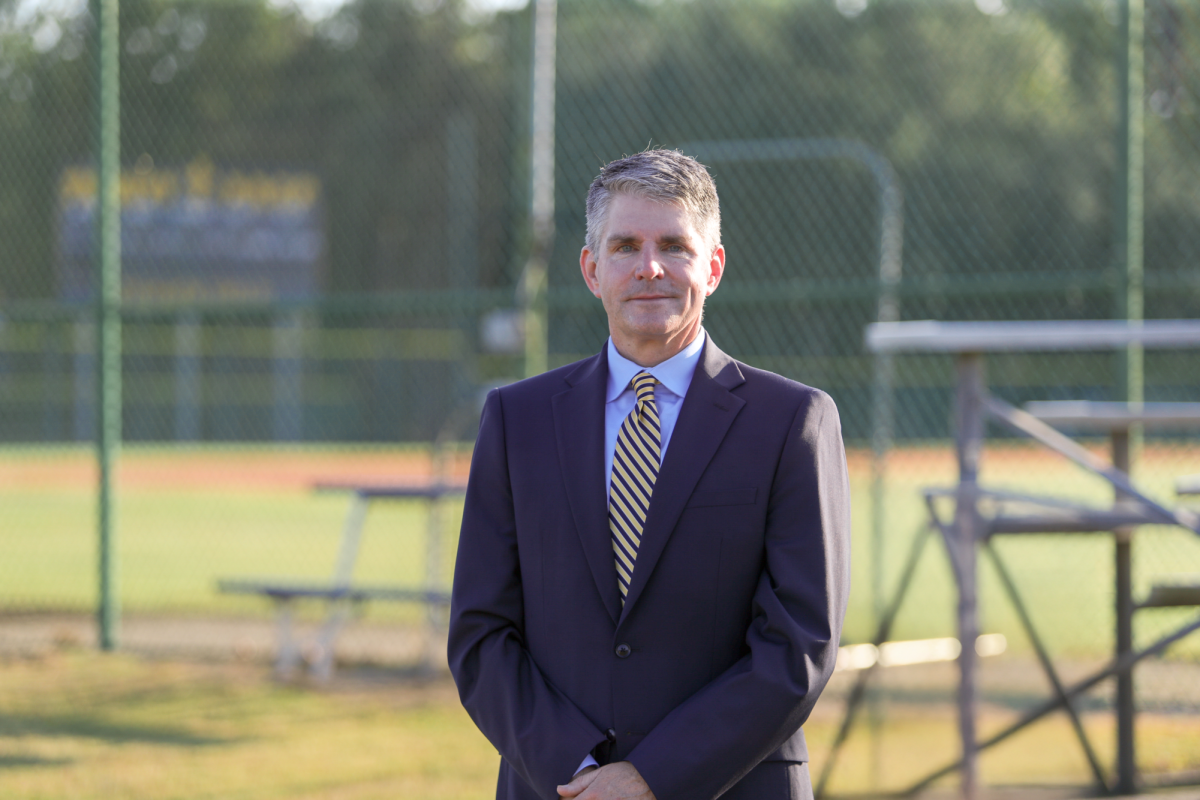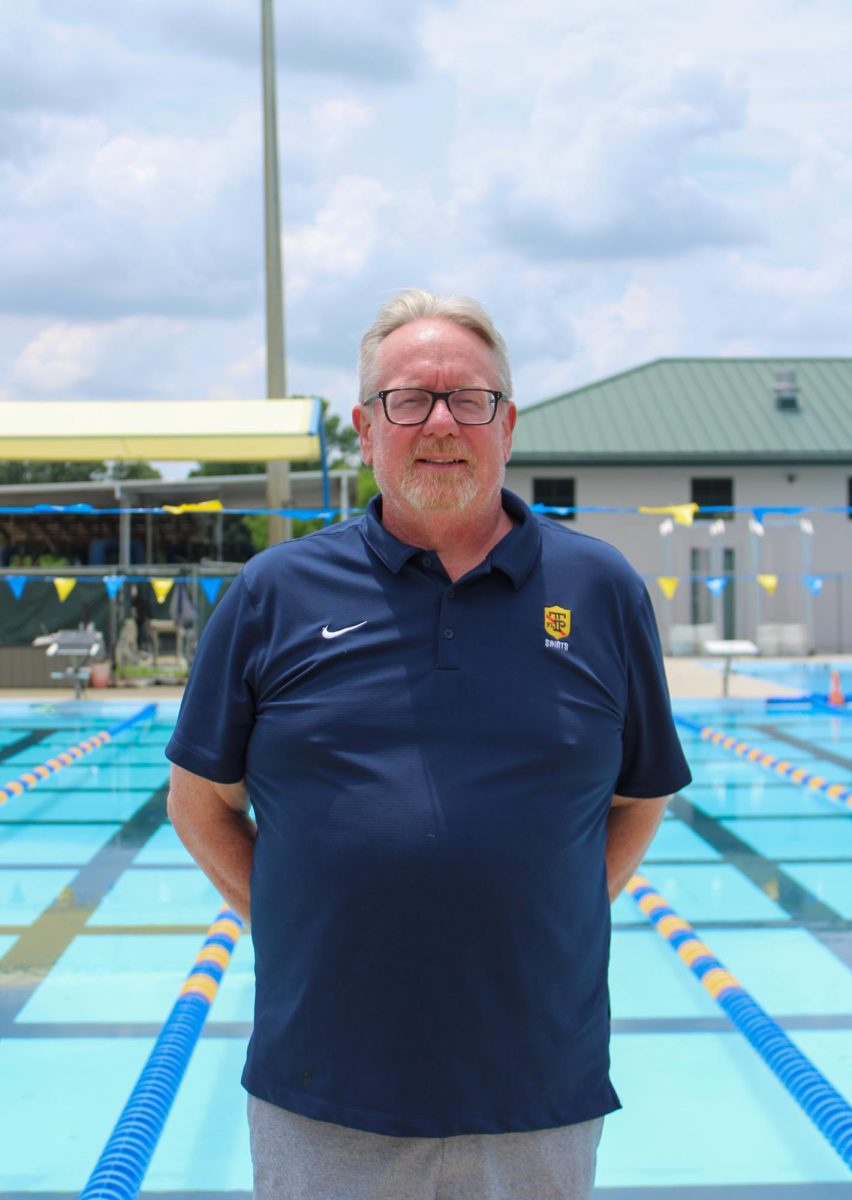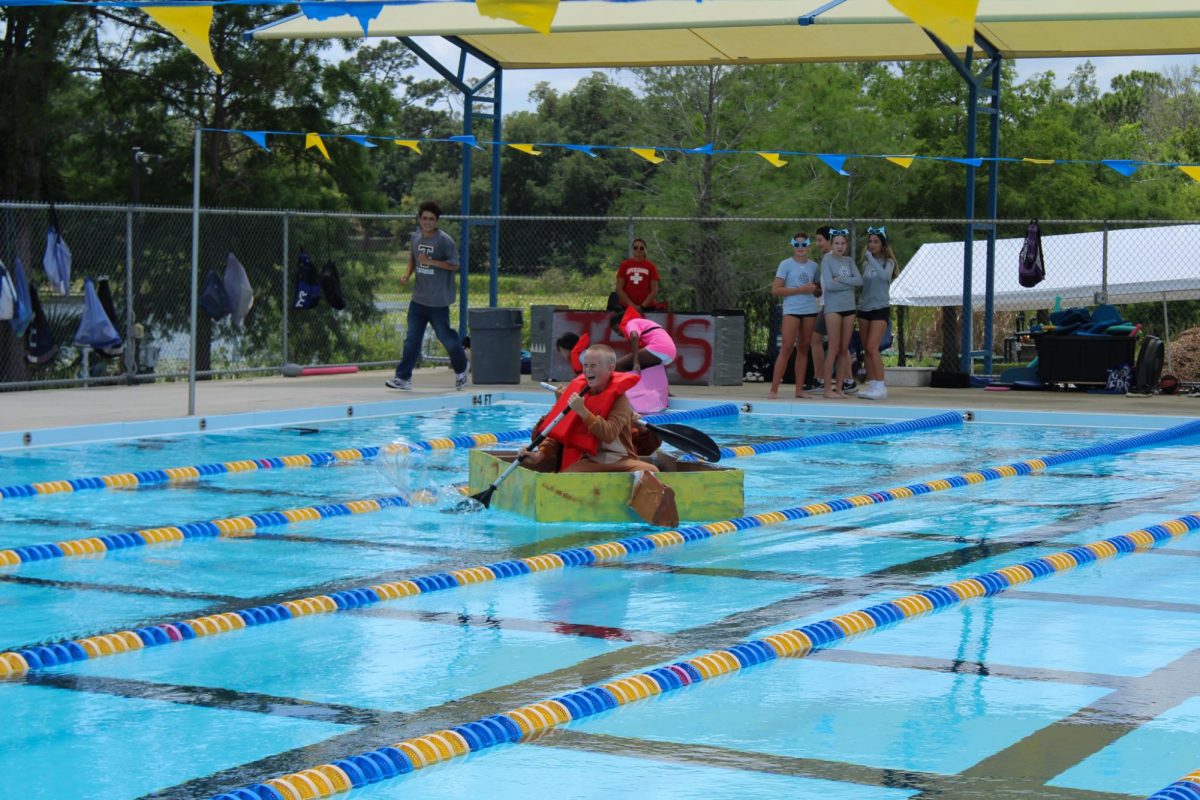Eighth grade Builder’s Club president Zara Kalmanson has been attempting to obtain as many hours of community service as possible. Last year she achieved this goal, with over 80 hours of community service. However, this year, that has come tumbling to a stop with COVID-19 in her way.
Kalmanson recalled that one of the ways she volunteered was by helping to instruct a cooking class in a senior living facility.
“As the scent of fresh bread filled the air, I saw many residents of the senior living facility engaging in conversations together, but that came to stop with Covid,” Kalmanson said.
With projects being put on hold due to the pandemic, volunteer hours have taken a steep drop as students and faculty struggle to find opportunities.
According to SRC Administrative Assistant Gloria Fry, there were 21,185 community service hours last school year, compared to 7,065 hours approved and recorded this school year. The hours recorded this year are approximately ⅓ of the typical amount, according to Chaplain Richard Towers, who is head of community service.
One of the biggest challenges to community service projects has been the closure of facilities to volunteers. Kalmanson volunteered at multiple places last year, including a senior living facility, but COVID-19 made it too risky for her to continue her volunteer work there. Similarly, when Kalmanson went to other places searching for community service, she was shut down and told they were discontinued.
“The biggest challenge that I face is being able to go to these different places and not being able to volunteer there because you really want to help and be involved,” Kalmanson said. “Someone telling you that you’re not allowed to [volunteer] is just really deflating.”
Towers said that certain places need volunteers but can’t accept the help. Not only does this limit the number of places to volunteer, but it hurts the community and people who need the help.
“Many of the organizations that we help out need people in person to do the care,” Towers said. “For example, working at the food pantry, distributing meals or Habitat for Humanity, these are people-rich work projects that require manual hours in person.”
Towers said that working under restrictions has made it harder to organize and find places to volunteer. To help solve this issue, the Canvas course Community Service 20-21 allows students to find places digitally. This includes activities such as writing letters to the elderly and reading to people.
“We keep a database in Canvas of opportunities,” Towers said. “As people call in, say, we need volunteers or there’s a project coming up, we’ll post it to students.”
Although there is a community service page on Canvas for virtual volunteering, Kalmanson countered that volunteering in-person and virtually are two different experiences. She further explained that you have a greater sense of appreciation and more of a connection if you volunteer in person.
“I think volunteering is really fulfilling, but by completing different projects virtually, it makes you feel disconnected from those around you and your community,” Kalmanson said.
Sadly, Kalmanson will not be able to reach her goal this year due to the closure of facilities.
“This year I did complete some fulfilling projects with Builders Club and open houses, but overall I was not able to reach my goal of hours this year due to the restrictions,” Kalmanson said.
Like Kalmanson, Towers agrees the virtual volunteering experience lacks some of the benefits that in-person volunteering has.
“There’s something that comes from being able to be with your classmates, helping other people and also being around people that you know that your work is helping,” Towers said.
COVID-19 has made volunteering a new experience with its own ups and downs, but ultimately, students and faculty have come together to help the community.
“I think whether online or in-person, serving others helps us fulfill that need to give,” Towers said. “We’re doing all this extra work to be able to do the work, and that intentionality, creativity and being able to still do it during a pandemic, that’s what I think has made it an even better and more exciting opportunity.”



